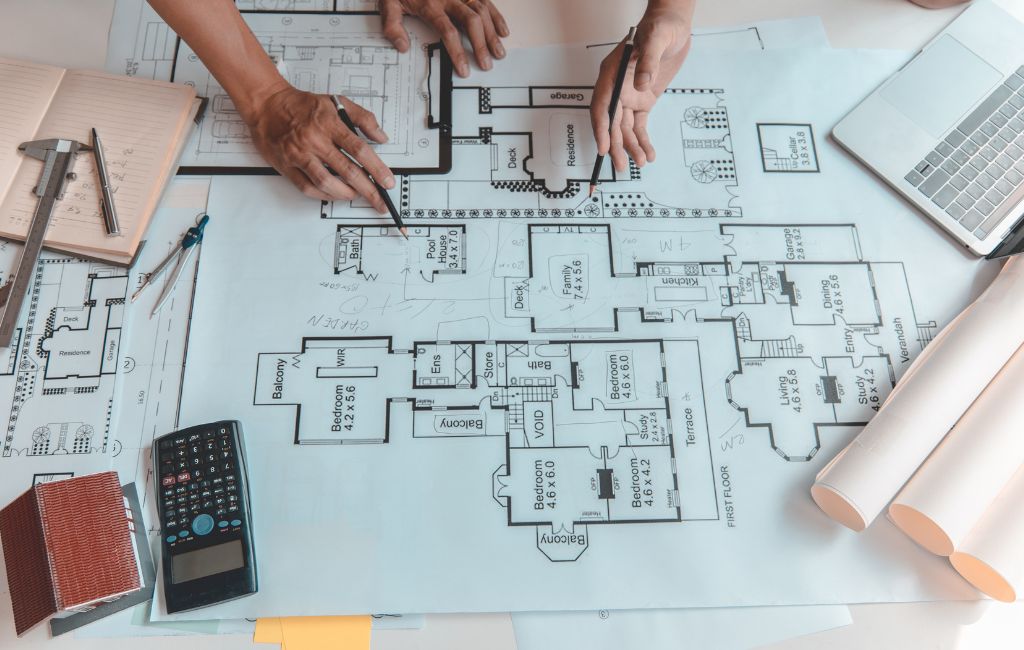Architects in Modern Builds

Architects in Modern Builds
In the ever-evolving field of architecture, modern builds have become a testament to innovation, sustainability, and functionality. Architects today are not just designers of structures; they are visionaries who shape the way we live, work, and interact with our environment. This article explores the role of architects in modern builds, highlighting their contributions, challenges, and the future of architectural design.
The Role of Architects in Modern Builds
Architects play a pivotal role in the creation of modern structures. They are responsible for conceptualizing and designing buildings that meet the needs of their clients while adhering to regulatory standards and environmental considerations. Their work involves a blend of creativity, technical knowledge, and project management skills.
Design and Innovation
Modern architecture is characterized by innovative designs that push the boundaries of traditional building methods. Architects are at the forefront of this movement, utilizing advanced technologies and materials to create structures that are not only aesthetically pleasing but also functional and sustainable.
- Use of sustainable materials such as bamboo, recycled steel, and low-impact concrete.
- Incorporation of smart technologies for energy efficiency and automation.
- Designs that prioritize natural light and ventilation.
Sustainability and Environmental Impact
With growing awareness of environmental issues, architects are increasingly focused on sustainability. Modern builds often incorporate green building practices that reduce energy consumption and minimize environmental impact.
- Implementation of green roofs and walls to improve insulation and air quality.
- Integration of renewable energy sources like solar panels and wind turbines.
- Water conservation techniques, including rainwater harvesting and greywater recycling.
Challenges Faced by Architects
While architects have made significant strides in modern builds, they face numerous challenges that require innovative solutions and adaptability.
Balancing Aesthetics and Functionality
One of the primary challenges is finding the right balance between aesthetics and functionality. Architects must create visually appealing designs that also serve practical purposes and meet the needs of users.
Regulatory Compliance
Architects must navigate a complex web of building codes and regulations. Ensuring compliance while maintaining design integrity can be a daunting task, requiring meticulous attention to detail and a thorough understanding of local laws.
Budget Constraints
Budget limitations often pose significant challenges. Architects must work within financial constraints while delivering high-quality designs that meet client expectations. This requires creative problem-solving and efficient resource management.
Case Studies: Exemplary Modern Builds
Several modern builds exemplify the innovative spirit and expertise of contemporary architects. These projects showcase the potential of modern architecture to transform urban landscapes and improve quality of life.
The Edge, Amsterdam
The Edge in Amsterdam is a prime example of a sustainable office building. Designed by PLP Architecture, it is known for its energy efficiency and smart technology integration. The building uses solar panels, rainwater harvesting, and a sophisticated energy management system to achieve a net-zero energy status.
One Central Park, Sydney
One Central Park in Sydney, designed by Jean Nouvel, is renowned for its vertical gardens and innovative use of natural light. The building features a cantilevered heliostat that reflects sunlight into shaded areas, reducing the need for artificial lighting.
Vancouver House, Vancouver
Vancouver House, designed by Bjarke Ingels Group, is a striking example of modern residential architecture. Its twisting form maximizes views and natural light while minimizing its footprint. The building incorporates sustainable materials and energy-efficient systems.
The Future of Architecture in Modern Builds
The future of architecture promises exciting developments as architects continue to embrace new technologies and sustainable practices. Emerging trends are set to redefine the way we think about buildings and their role in society.
Integration of Artificial Intelligence
Artificial intelligence is poised to revolutionize architectural design. AI can assist architects in optimizing building layouts, predicting energy consumption, and enhancing user experience through personalized environments.
3D Printing and Modular Construction
3D printing and modular construction techniques are gaining traction, offering faster and more cost-effective building solutions. These methods allow for greater customization and precision, reducing waste and construction time.
Focus on Resilience
As climate change presents new challenges, architects are prioritizing resilience in their designs. Buildings are being designed to withstand extreme weather events and adapt to changing environmental conditions.
Conclusion
Architects in modern builds are shaping the future of our built environment through innovative designs, sustainable practices, and a commitment to functionality. Despite the challenges they face, architects continue to push the boundaries of what is possible, creating structures that not only meet the needs of today but also anticipate the demands of tomorrow. As technology advances and environmental concerns grow, the role of architects will remain integral to the development of resilient, efficient, and inspiring spaces.